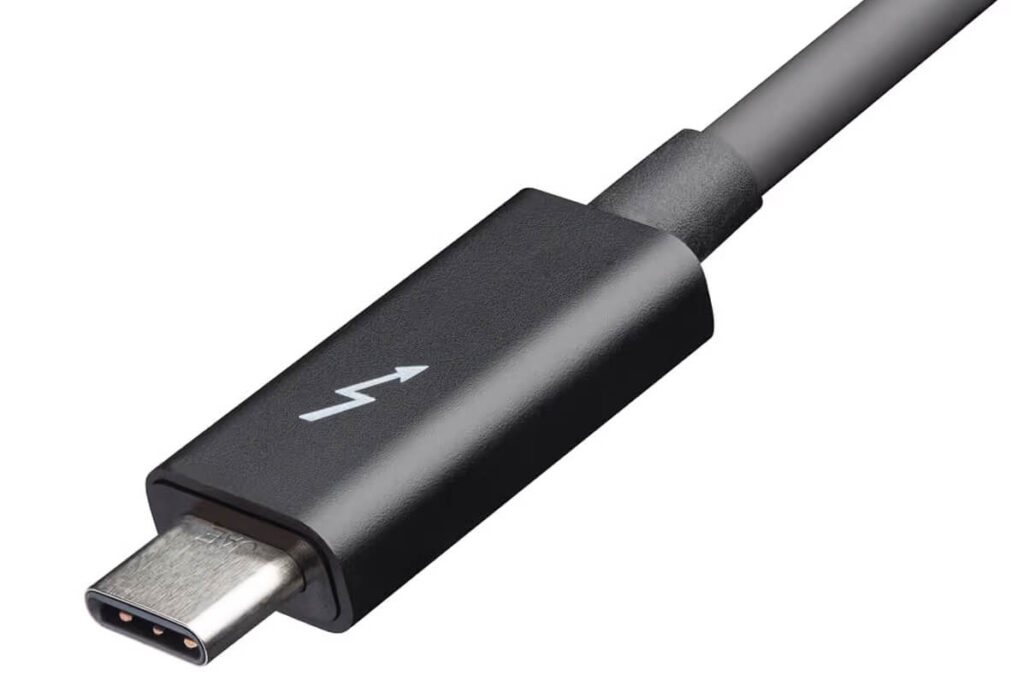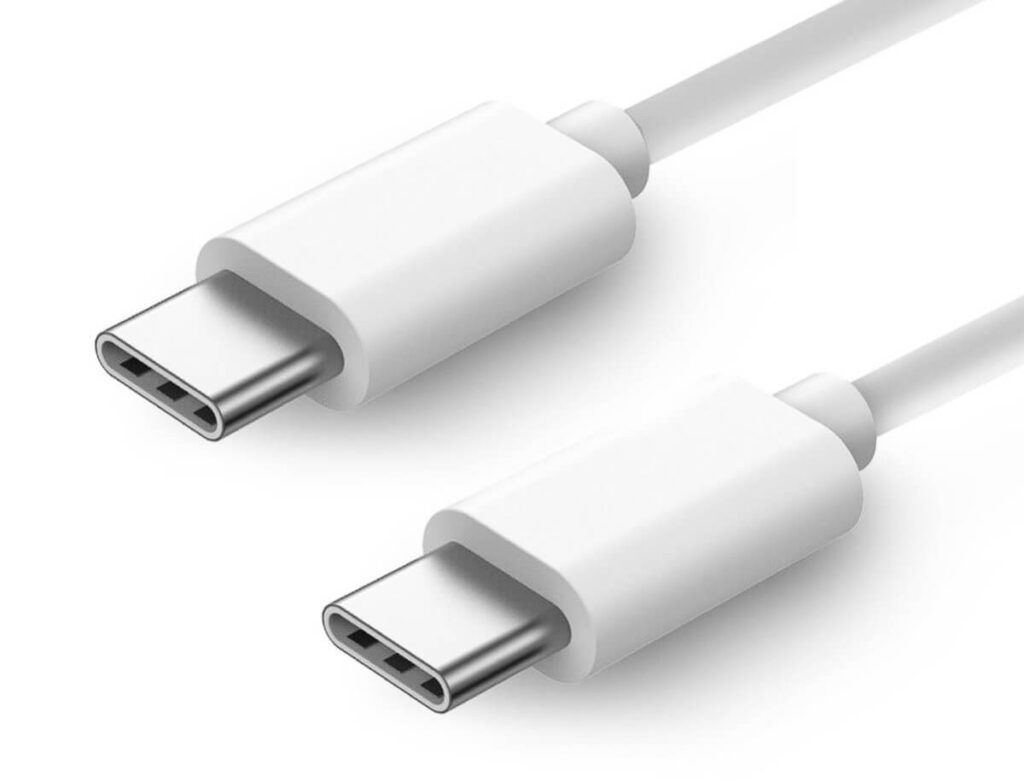The emergence of Thunderbolt and USB-C technologies has significantly improved the way data is transmitted between devices, especially between personal computers and other peripherals. However, it is essential to understand the differences between these two technologies and how they can impact your computing experience.
What is Thunderbolt?
Thunderbolt is a high-speed data transfer technology that was first introduced in 2011. Intel developed it in collaboration with Apple, intended to provide a faster way to connect external devices to personal computers. Thunderbolt technology is built on the same platform as the DisplayPort interface, a standard digital audio and video interface. Thunderbolt uses a multi-purpose connector to transmit data, audio, and video signals. It is designed to provide a high-bandwidth data transfer rate of up to 40Gbps, more than four times faster than the fastest USB-C connection. Thunderbolt technology also supports dual 4K displays or a single 5K display. Thunderbolt is a unique technology that supports daisy-chaining, which enables you to connect multiple devices to a single port. This means you can connect a display, a hard drive, and an audio interface to your computer using a single Thunderbolt port. Thunderbolt technology is also backward compatible with USB-C, which means connecting USB-C devices to a Thunderbolt port. It’s tempting to say that the most recent Thunderbolt models are interchangeable because they both include USB-C ports. A Thunderbolt cable may have a USB-C connection, but not all USB-Cs have Thunderbolt power, just as a square is not a rectangle and vice versa.
What is USB-C?
USB-C is a new standard for data transfer and charging that was introduced in 2014. It was developed by the USB Implementers Forum, a group of companies that includes Apple, Microsoft, HP, Intel, and others. The technology is designed to be a universal connector that can be used for a wide range of devices, including smartphones, tablets, laptops, and desktop computers. It is a small, reversible connector that can be used to transfer data, audio, video, and power. It supports a high-bandwidth data transfer rate of up to 10Gbps, which is twice as fast as the previous USB 3.0 standard. USB-C technology also supports up to 100W of power delivery, which means you can use a single cable to charge your laptop, tablet, or smartphone. It is also designed to be more durable than previous USB connectors. It has a longer lifespan and is less likely to break or wear out. The technology is also backward compatible with older USB standards, so you can use a USB-C cable to connect to older USB-A or USB-B devices. Because of its reduced size compared to its Types A and B predecessors and symmetrical oval form, USB-C eliminates the need to insert the cord backward. The most recent USB standards, including USB 3.2 and USB4, are available in USB-C cables. Popular laptops and tablets, such as MacBooks and Chromebooks, include USB-C charging connections. The rectangular Type-A design that Gen X and Millennials have grown to know and love will very doubt remain a consumer favorite, but the oval shape will become just as iconically recognized to the following generation of buyers. Until 2011, the USB standard’s numbers determined a cord’s data transfer capabilities. Older USB standards, however, might suddenly be given a boost after Apple and Intel unveiled the Thunderbolt technology.
Thunderbolt vs. USB-C: Speed and Shape
Thunderbolt and USB-C are high-speed data transfer technologies but have different shapes and capabilities.
Shape:
USB-C is a reversible, oval-shaped connector becoming increasingly popular on many devices, including smartphones, laptops, and tablets. Thunderbolt uses the same physical connector as USB-C, but it has a lightning bolt icon to differentiate it from regular USB-C ports.
Speed:
USB-C supports data transfer speeds of up to 10 Gbps (Gigabits per second) for USB 3.1 Gen 2 and up to 20 Gbps for USB 3.2 Gen 2×2. Thunderbolt 3 and 4, on the other hand, can transfer data at speeds of up to 40 Gbps, which is four times faster than USB 3.1 Gen 2. In addition to faster data transfer speeds, Thunderbolt 3 and 4 also support higher power delivery and can drive multiple 4K displays, making it ideal for high-end devices such as professional-grade laptops and desktops used in video editing, 3D rendering, and other intensive tasks.
Thunderbolt vs. USB-C: Which is Better?
There are several factors to consider when it comes to Thunderbolt vs. USB-C. Here are some of the key differences between these two technologies:
Data Transfer Speed
Thunderbolt technology offers a maximum data transfer rate of up to 40Gbps, while USB-C offers a maximum data transfer rate of up to 10Gbps. This means that Thunderbolt is more than four times faster than USB-C. If you need to transfer large files quickly, Thunderbolt is the better option.
Compatibility
Thunderbolt is only available on certain high-end computers, including Macs and some high-end Windows laptops. On the other hand, USB-C is more widely available and can be found on various devices, including smartphones, tablets, laptops, and desktop computers.
Power Delivery
Both Thunderbolt and USB-C support power delivery, but Thunderbolt can deliver up to 100W of power, while USB-C can deliver up to 60W. Thunderbolt is better suited for charging larger devices, such as laptops.
Daisy Chaining
Thunderbolt technology supports daisy-chaining, which means connecting multiple devices to a single port. This is impossible with USB-C, which only supports one device per port.
Display Support
Thunderbolt can support up to two 4K displays or one 5K display, while USB-C can support one 4K display. If you need to connect multiple displays to your computer, Thunderbolt is the better option.
Cost
Thunderbolt is generally more expensive than USB-C in terms of the cables and the devices that support it. This means that USB-C is a more affordable option for most users. Thunderbolt and USB-C are two types of ports found on modern computers, smartphones, and other devices. While they may look similar, there are some key differences between Thunderbolt and USB-C. Here is a table summarizing their differences: From the above table of differences, we can understand that the Thunderbolt offers faster data transfer speeds and better video output capabilities than USB-C, but it is less widely compatible and more expensive. On the other hand, USB-C is a universal port that is widely supported and more affordable. The choice between Thunderbolt and USB-C depends on the user’s specific needs and use cases.
Wrapping it All
Overall, Thunderbolt is the better option for users who need fast data transfer speeds, support for multiple displays, and power delivery for larger devices. Thunderbolt is only available on certain high-end computers, which can limit its usefulness for some users. However, USB-C is more widely available and affordable, making it a good option for most users who need a reliable, versatile connector. In conclusion, Thunderbolt and USB-C are excellent technologies offering high-speed data transfer and charging capabilities. While Thunderbolt is faster and more powerful, it is also more expensive and less widely available than USB-C. Ultimately, the choice between Thunderbolt and USB-C depends on your specific needs and the devices you own. If you need the fastest data transfer speeds and the ability to connect multiple displays, Thunderbolt is the better option. If you need a reliable and versatile connector that is widely available and affordable, USB-C is the better option. Further Reading:
AR Zone App | What is the AR Zone App on a Samsung Phone? What is Google My Activity? and How to Use it Effectively? “What RAM Type Do I Have?” – Find Your RAM Config. Before Upgrading

